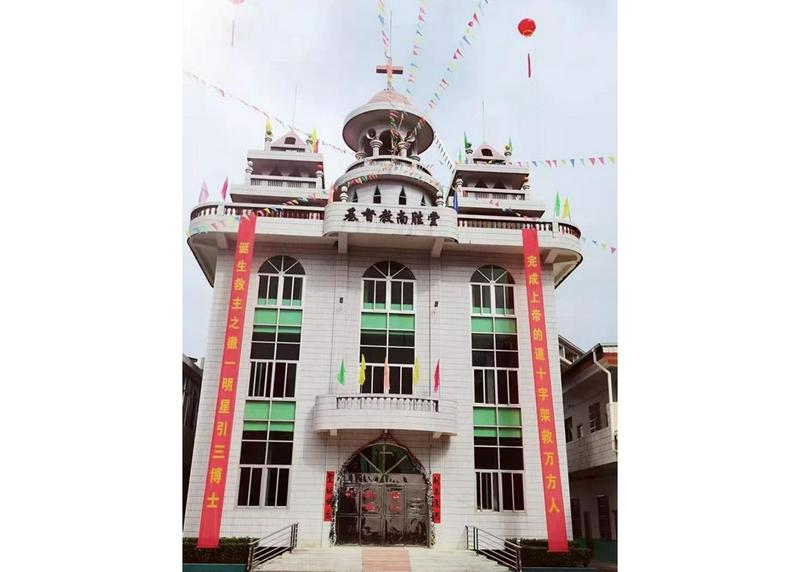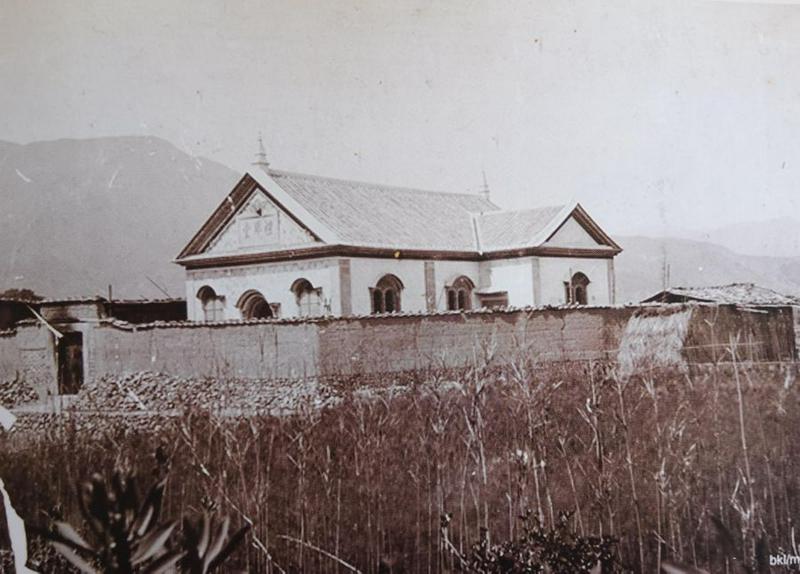The Reformed Church in China, 1842–1951, contains quite some image materials gathered by Chris White, a foreign professor at Xiamen University's School of Economics, during his research into the history of southern Fujian, which required several transnational travels at his own expense. Over a century ago, Dr. John Abraham Otte, the creator of Hope and Wilhelmina Hospital, took these pictures in several villages in Nansheng Township, Pinghe County.
From 1321 to 1323 (a period in the Yuan Dynasty of China), Nansheng Township in Pinghe County, Zhangzhou City, Fujian Province, served as Jiannansheng County's government seat. Taoism and Buddhism are the traditional beliefs in this historic town, while Protestantism has only been introduced to Nansheng for over a century.
Following the entrance of the Reformed Presbyterian Church of North America in Xiamen in February 1842, Mr. Chen Gaoshan from Baxianzhuo Village and Mr. Hu Qishui from Xialiu Village introduced Christianity from Chaitoupu, Wenfeng, to Nansheng, Pinghe, in 1874. The initial gathering place was set in Baxianzuo Village, which later moved to the streamside of Xiawei City, where the Nanshengwei Preaching Station was established as the congregation grew.
Before the founding of the preaching station, in 1870, the Methodist Episcopal Church established the Jingzaiwei Church in Wuzhai Township, Pinghe County. Later, in 1883, Nansheng and Jingzaiwei churches combined to form "Jingnan Church."
Back then, medical staff and missionaries from the Hope and Wilhelmina Hospital often preached in the Xiumei Building in Xialong Village, Nansheng Township. After more than a century, a local photography lover of the town landscape in Nansheng Township captured color images of the building and reported in the Minnan Daily: "According to Hu Qingshui, an 89-year-old who lives in the (Xiumei) Building, there is a family in the building that follows Christianity. During his childhood, he once heard about foreign missionaries’ visiting the building.“
Since its founding, Nansheng Church's congregation had increased to more than a thousand by the time the People's Republic of China was established. There were two Sunday services in the morning and afternoon, with 200 to 300 people attending, making it one of the churches with the largest attendance on Sunday in Pinghe County at the time.
To commemorate its 100th anniversary in 1992, Nansheng Church planned to create a three-story building to serve as a preaching and reception room in place of the three decaying bungalows in front of the old church.
Nowadays, the Nansheng Church’s congregation is increasing, including thousands of believers and over 1,500 seekers.
(The article was originally published by the Gospel Times and the author is a Christian in Fuzhou, Fujian.)
- Translated by Poppy Chan











